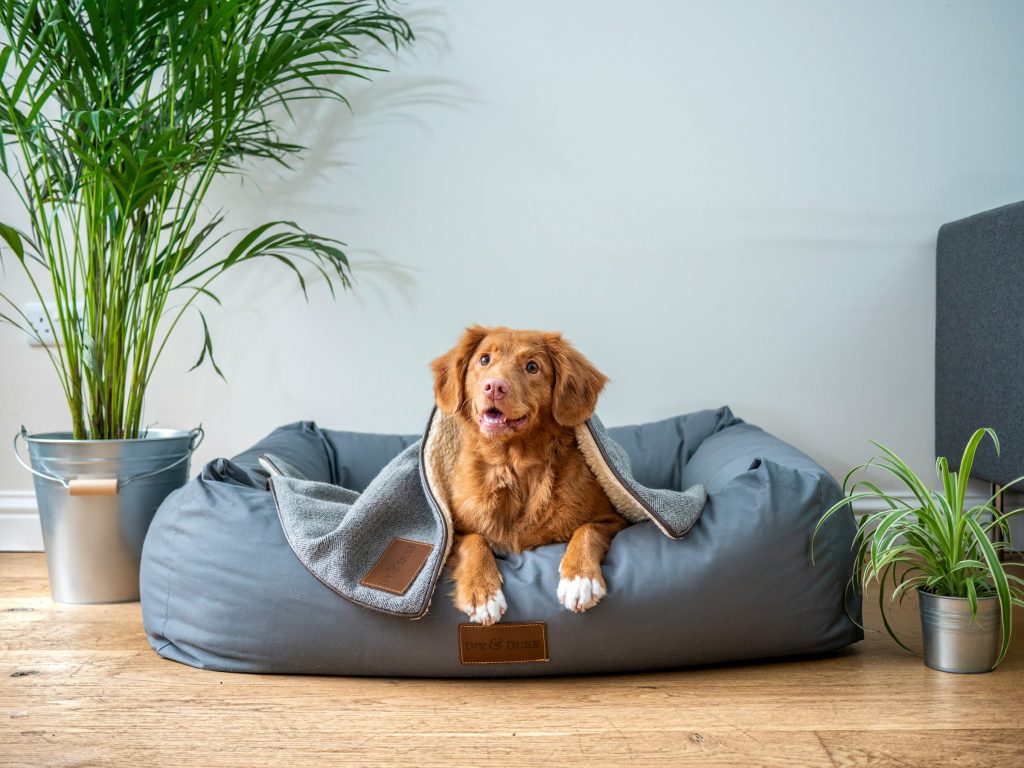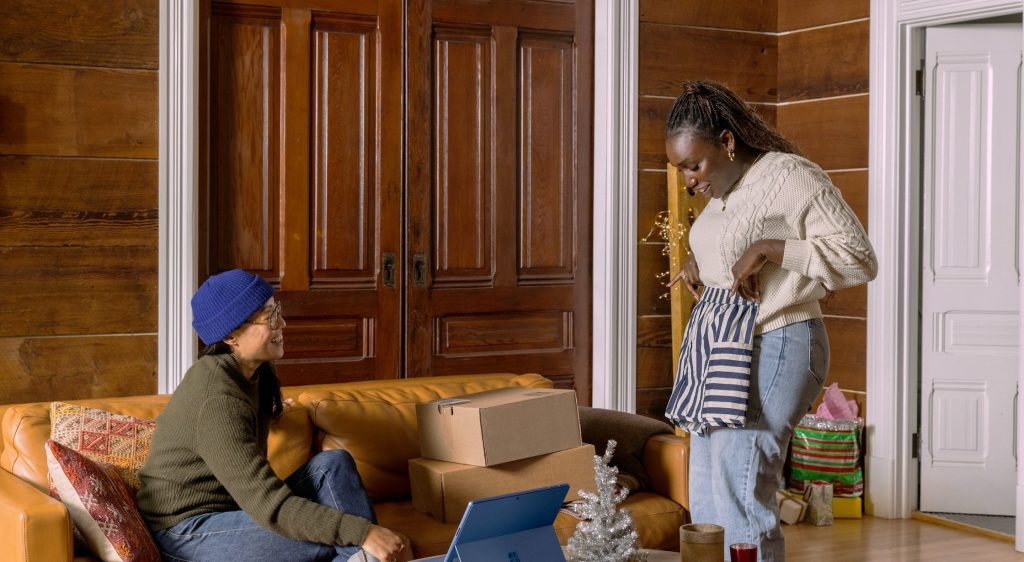How to Pet-Proof your Rental Property
In this blog, let’s look at how to pet-proof your rental property — protecting your furry family members and maintaining a positive landlord-tenant relationship. For many pet owners in Australia, the question of whether they can bring their beloved pets along when renting a property can be a significant concern. While some landlords may have reservations about allowing pets, responsible pet ownership can coexist harmoniously with rental living. Why Pet-Proof your Rental Property Pets in rental properties can be a win-win situation for both tenants and landlords. While some landlords may have concerns about allowing pets, here are some compelling reasons why pets should be permitted in rental properties. Many people have pets and by accommodating them in a rental property, landlords can attract a larger and more diverse tenant base. Consider this one factoid: the RSPCA notes at least 28.7m pets are taken care of in 6.9m households in Australia, regardless of whether the property is owned or out to let. Do you want your place to be counted among them too? Pet owners often seek stable and long-term housing for their furry companions. Allowing pets can lead to tenants staying for extended periods, reducing turnover and vacancy periods for landlords. Landlords can charge pet-related fees or slightly higher rent to pet-owning tenants, increasing their income. This can help offset potential cleaning or maintenance costs associated with pets. Many pet owners are responsible and prioritise the care and training of their pets. These tenants are more likely to take good care of the rental property. Some tenants have emotional support animals, which are protected under the law in many places. Allowing these animals can help landlords comply with legal requirements. The need for emotional support from pets also comes at a period of all-time pet surrenders to the nearest shelter. In May 2023, ABC took note of several RSPCA chapters recording high numbers of animals abandoned at shelters because the owners could no longer shoulder high rental fees or could not bring the pet to a rental property they’re about to move into because of a no-pet clause in the tenancy agreement. By accommodating pets, landlords can foster positive relationships with their tenants. This can lead to better communication and cooperation between both parties. Many pet owners are conscious of their pets’ behaviour and its impact on the rental property. They are often willing to take extra precautions to prevent damage. Landlords can require tenants with pets to have renters’ insurance that includes liability coverage for pet-related incidents. Pet-friendly properties are often in high demand, particularly in areas where pet ownership is common. This increased demand can make the property more competitive in the rental market. Pets can contribute to a sense of community within a rental property. Neighbours often bond over their shared love for animals, which can foster a friendly and supportive atmosphere. Many jurisdictions in Australia have anti-discrimination laws that protect tenants with pets, particularly those with disabilities or emotional support animals. Landlords must be aware of these laws and their obligations. Pet-Proofing your Rental Property Here are some cost-friendly modifications to make your rental property pet-proof. Check Your Lease Agreement Before making any modifications, review your lease agreement thoroughly; the team at RentBetter suggests checking if it follows current state or territorial laws. Some rental properties may have specific clauses related to pets, including breed restrictions or limits on the number of pets allowed. In the inverse, a landlord you approach may even ask you what kind of pet you have and which breed they are. Ensure you understand and agree to the terms outlined in your lease. Pet-Proof the Floors Pets can be tough on flooring, especially if accidents happen. To protect your rental property, consider using area rugs and mats in high-traffic pet areas. These are not only cost-effective but also easy to clean or replace if needed. Additionally, opt for pet-friendly flooring materials like laminate or vinyl, which are more durable and resistant to scratches and stains. Secure Cabinets and Cupboards Pets are naturally curious, and some may try to explore cabinets and cupboards. To prevent them from accessing potentially hazardous items, invest in childproof latches for these areas. These latches are relatively inexpensive and easy to install. Protect Electrical Cords Chewing on electrical cords can pose significant dangers to pets and lead to costly repairs or other lethal consequences. Use cord protectors, cable clips, or spiral wraps to secure and hide cords, making them less accessible to your pets. Some of these products are also manufactured with bitter scents designed to deter pets from chewing on them. These solutions are cost-effective and readily available at most hardware stores. Create a Pet-Friendly Space Designate a specific area within the rental property for your pets. This can be achieved with pet gates or movable room dividers. This not only helps contain your pets but also establishes boundaries in your home. It’s a simple and affordable solution to ensure your pets stay safe and comfortable. Carolyn Parrella of Money Magazine suggested installing a door with a doggy door attachment to allow the pet to get out of the house and unwind, due to the tendency that they might damage something inside out of boredom. Stain-Resistant Furniture Covers If your rental property is furnished, protect the upholstery with stain-resistant furniture covers. These covers are not only cost-effective but also easy to remove and clean. They provide an extra layer of defence against pet-related accidents and wear and tear; how many times have you seen situations where the pet clawed away at the upholstery? Regularly Clean and Maintain One of the most important steps in pet-proofing your rental property is regular cleaning and maintenance. Keep on top of pet hair, clean up accidents promptly, and routinely inspect for any damage. This proactive approach can help prevent minor issues from becoming costly repairs. Provide Scratching Posts and Toys Pets, especially cats, have a natural instinct to scratch. To prevent them from using furniture as their scratching post,
How to Pet-Proof your Rental Property Read More »











